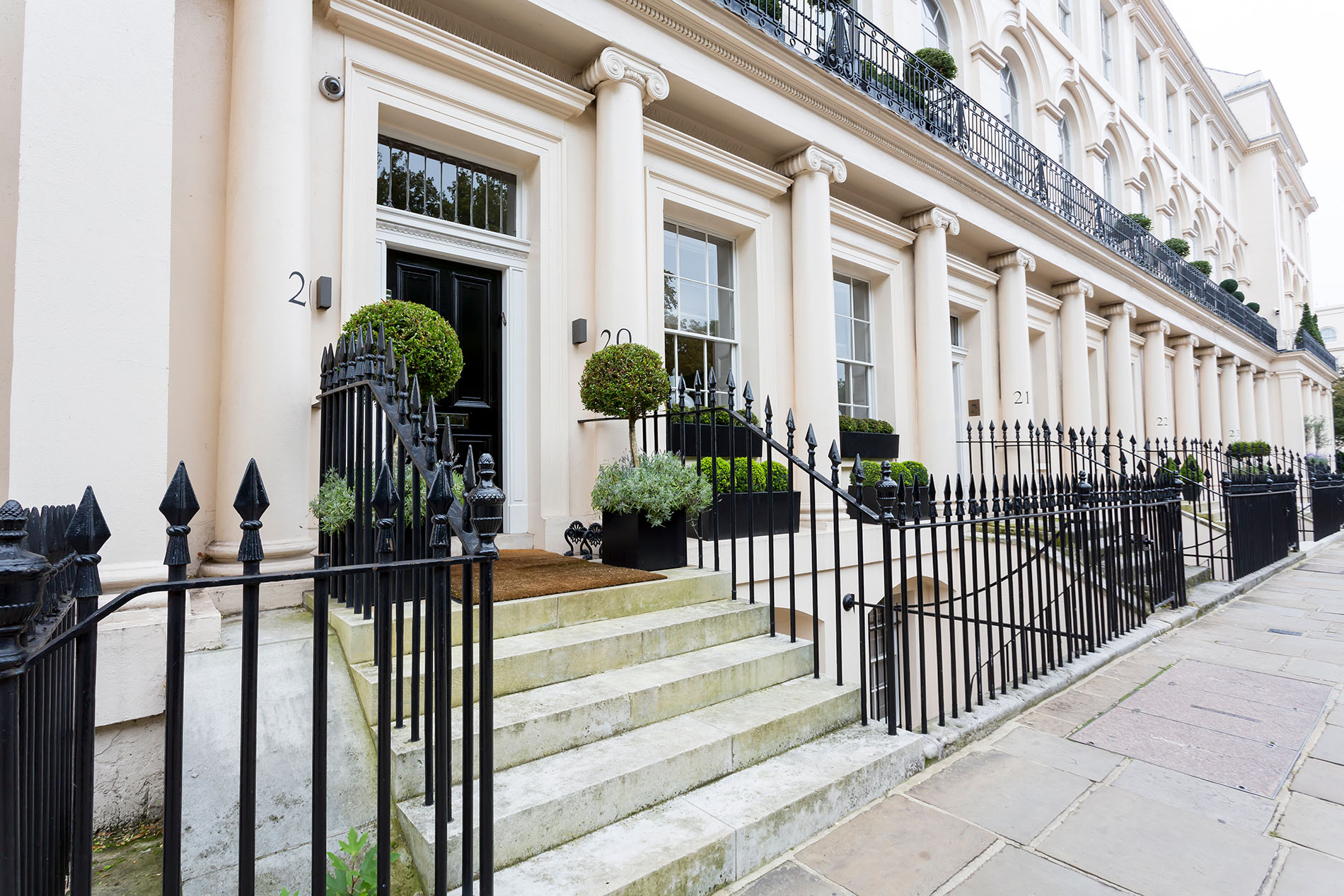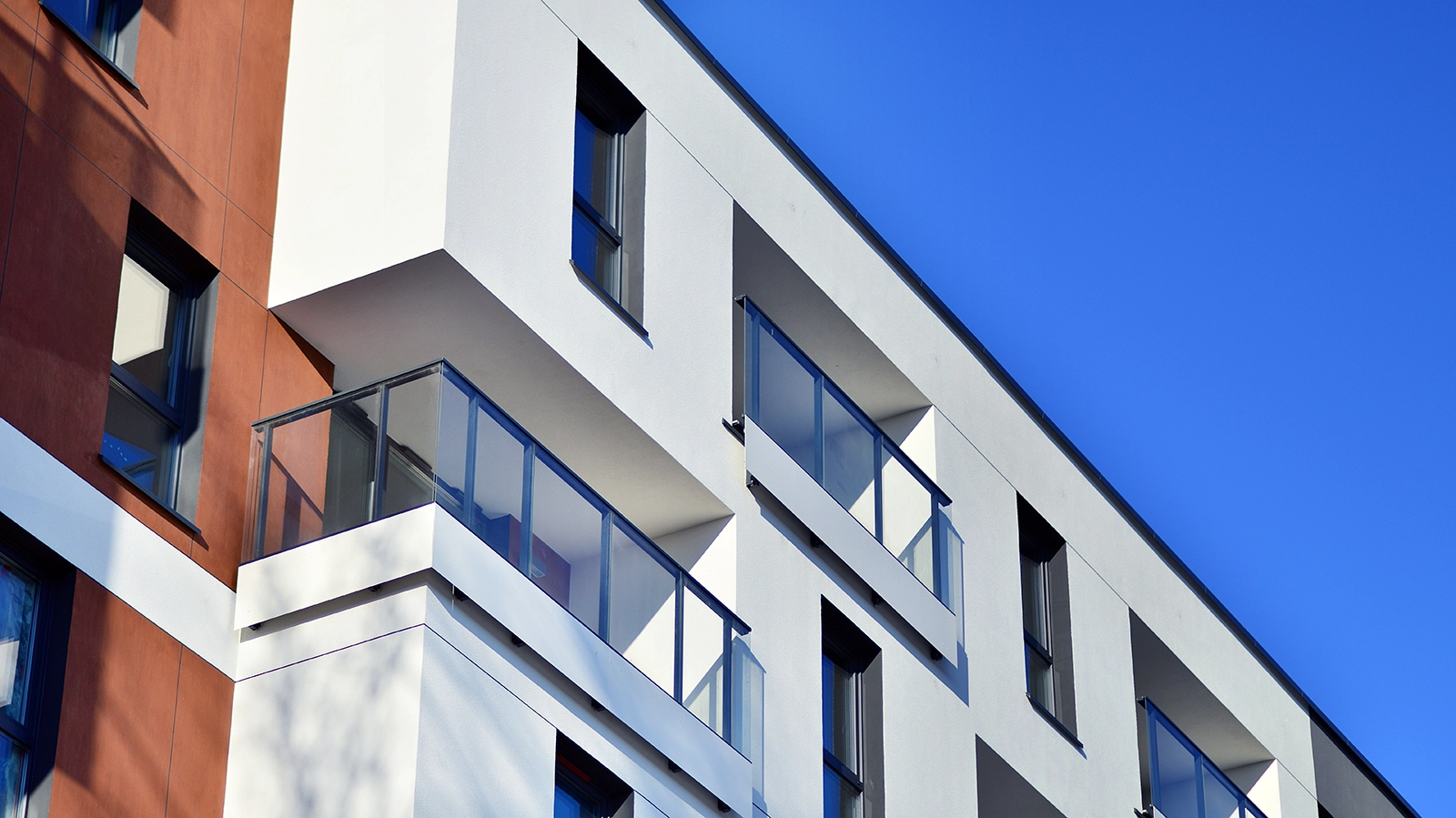Darren Bagnall from Manage Your Block, explains what can be done to demonstrate to insurers that the buildings maintenance and inspections are in hand, and that any risks are being pointedly reduced, if not avoided, by block managers.
Insurers don’t just evaluate the structure of the building when considering a suitable policy. The overall condition of a block, along with its planned maintenance and inspection schedule, play a crucial role in determining the coverage and premium of the required buildings insurance policy.
There is money to be saved by providing evidence of efficient upkeep, inspection reports and a planned maintenance program to your broker.
Here we’ll be explaining what can be done to demonstrate to insurers that the buildings maintenance and inspections are in hand, and that any risks are being pointedly reduced, if not avoided, by block managers.
Impact of Building Condition on Insurance Valuations
Building condition is a primary factor in the valuation process. Insurers will access the overall state of the property, including structural integrity and the condition of the roofs. They’ll also check the status of the plumbing and electrical systems.
Well-maintained and expertly managed buildings are far less likely to experience issues such as fires, leaks and storm damage. This will have a direct impact on the cost of the proposed policy.
Buildings that are in disrepair are more likely to experience faults such as leaky roofs, frozen pipes, unfettered fires and more. They’re also more likely to lead to injuries to visitors, staff and leaseholders alike. This can lead to legal proceedings and further costs.
In addition, if you are able to provide suitable documented evidence of an appropriate regime of regular checks and inspections of the insured property and its grounds, which also ensure compliance with any relevant legal/statutory requirements, it is more likely that should it arise, a liability claim can be defended.
This might also apply to a claim relating to damage to the building itself. Precise policy wordings may vary here, but it is a policy condition that the property is maintained and that reasonable measures are taken to reduce the risk of loss.
These properties are considered “high risk” due to the likelihood of sizeable claims. All this adds up to a higher premium for leaseholders .
If the property gives the insurer cause for concern, they may well request particular inspections (e.g. a flat roof inspection) or further information re any plans to improve the current state of the building. It also ensures the understanding that the building must be maintained in a decent state of repair to avoid any future claims being rejected.
The Importance of Regular Inspections
As well as being a legal requirement, health and safety inspections are vital to maintaining the condition of a building. Regular inspections help to identify issues before they become serious, allowing mangers time to rectify the problem in good time.
For this reason, insurers are vigilant in checking the inspection history and plans for the year. Some require evidence of regular inspections as a condition of their coverage. This is particularly true for older buildings or those in areas prone to natural disasters such as flooding.
Providing proof of regular inspections and maintenance can reassure insurers that the property is being properly cared for, which may result in more favourable insurance terms.
The Role of Maintenance
Ongoing maintenance is essential to preserving the value of a block of flats. This includes routine tasks such as cleaning gutters, servicing heating systems, and checking the integrity of the building’s structure.
Regular maintenance not only extends the life of the property but also helps to avoid sudden and unexpected repair costs, which can be significantly more expensive.
From an insurance perspective, a well-maintained building is seen as a “lower risk”. This perception can lead to more competitive premiums and better coverage options. For example, a building with a new roof, up-to-date electrical systems, and regularly serviced boilers is less likely to experience major issues, reducing the likelihood of a large insurance claim.
The Key Takeaways
Regular inspections and ongoing maintenance are crucial in ensuring that the building remains in good condition, which can lead to lower insurance premiums and better coverage.
It is worth considering that a well maintained property is more likely to receive favourable consideration from insurers when seeking a new quote or renewal terms. In addition, it might result in more options in terms of alternative insurers to choose from.
By staying proactive with inspections and maintenance, property managers can keep their buildings in top shape, reducing risks and ensuring that their insurance valuations reflect the true value of their property.
These activities should be prioritised- not only to protect stakeholder investment, but also to manage insurance costs effectively.
Manage Your Block aren’t here to tell you how to run your block of flats, but we can provide you with highly specialised software to make the management of your block much easier. Call us for more details on 0333 577 9070 or email info@manageyourblock.co.uk.


